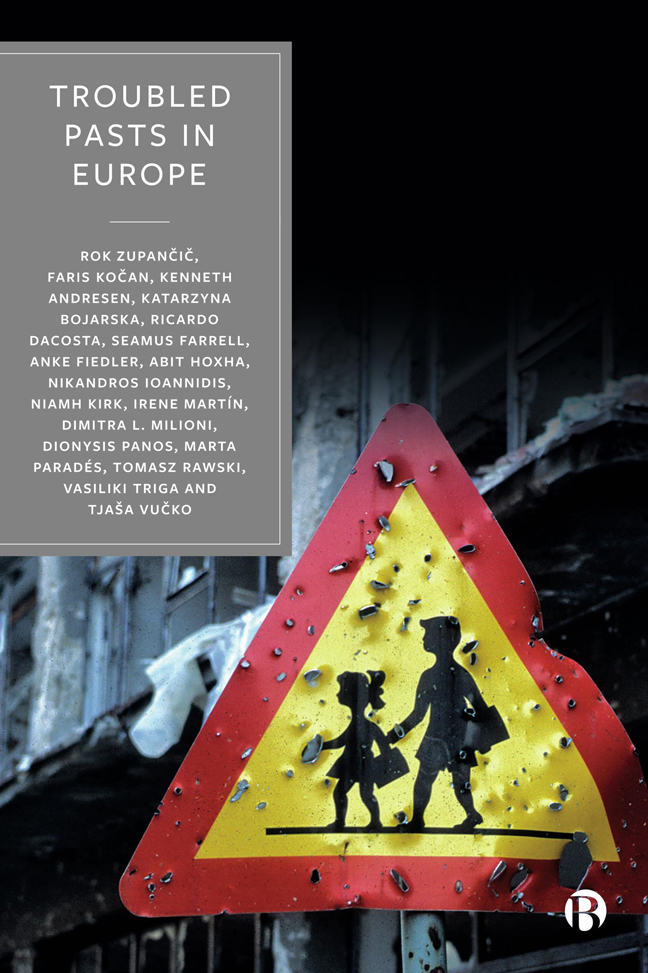 Troubled Pasts in Europe
Troubled Pasts in Europe 3 - Bosnia and Herzegovina: From Coexistence to Unresolvable Past?
Published online by Cambridge University Press: 25 January 2024
Summary
Introduction
The history of the Balkan Peninsula, like that of many other regions of the world, has been marked by violence. The turmoil was caused by the spread of different religions in these areas (for example, the spread of Islam with the Ottoman Empire) and intra-religious schisms (for example, the schism between the Catholic and Eastern Orthodox Churches in the 11th century). The 20th century brought fundamental political changes to this part of the world that still reverberate today: the fall of the Ottoman Empire at the beginning of the 20th century, followed by the Balkan Wars (1912–13), the two world wars and the Yugoslav era (Calic, 1995; Bose, 2002).
The inability to resolve many ‘ethnic issues’ continues to weigh immensely on the people of the area today – including in present-day Bosnia and Herzegovina (BiH), where the war that devastated the country between 1992 and 1995 deepened ethnic, religious and national divisions. These divisions, which were relatively mild (or effectively put down) during the Yugoslav era, when BiH was praised a symbol of coexistence, are still present today. This is not surprising given that the Dayton Peace Agreement (DPA), which effectively ended the armed violence in 1995 – but did not bring reconciliation – set the country's divisions in stone and even legalized them. Bosniaks and Bosnian Croats ‘got’ the Federation of BiH (51 per cent of the territory), while Bosnian Serbs were ‘rewarded’ with the Republika Srpska (RS), covering 49 per cent of the territory (Bougarel, 1996; Carmichael, 2002). By perpetuating at least three different streams of ethno-nationalist rhetoric, underpinned by the portrayal of the ‘other’ as the enemy, the political elites of each nation maintain a firm grip on power in both entities to this day.
Many people living in BiH have personally experienced the war or, if they are members of the younger generations, have strong beliefs about the war based on what they have been told about it or what they have read about it. Moreover, people living in the aftermath of armed violence are ‘reminded’ of the war and current ethnic tensions on a daily basis – which is not surprising given that the DPA established the ‘ethno-political functioning’ of modern BiH.
- Type
- Chapter
- Information
- Troubled Pasts in EuropeStrategies and Recommendations for Overcoming Challenging Historic Legacies, pp. 23 - 39Publisher: Bristol University PressPrint publication year: 2023


